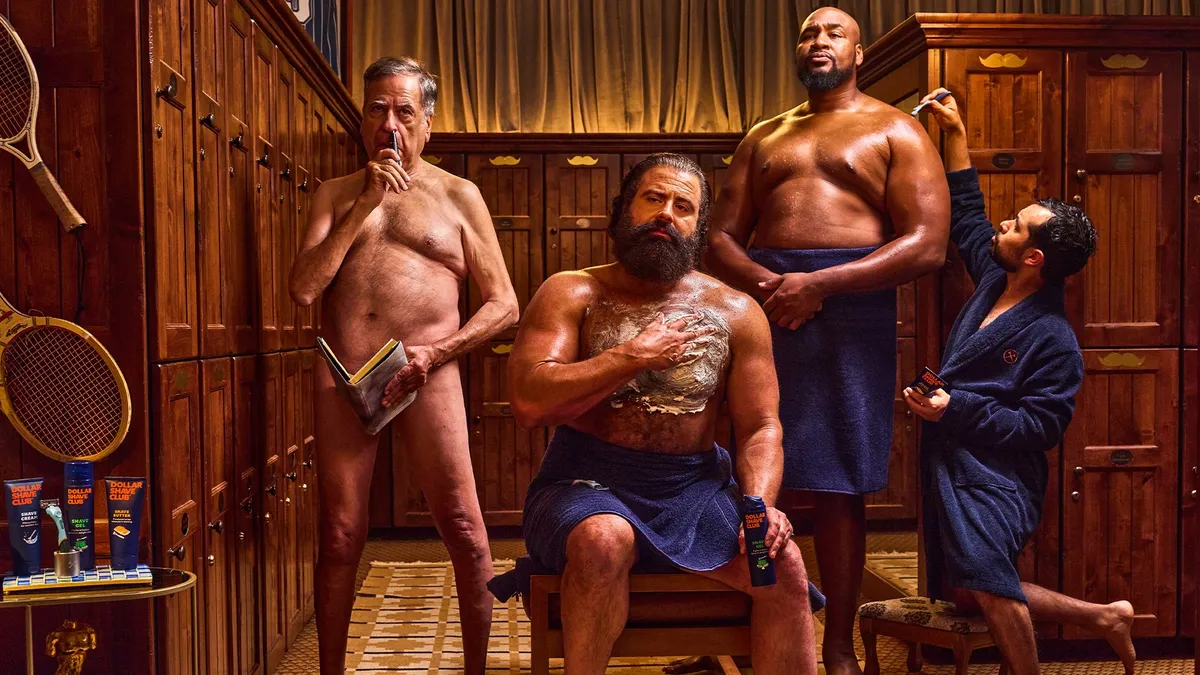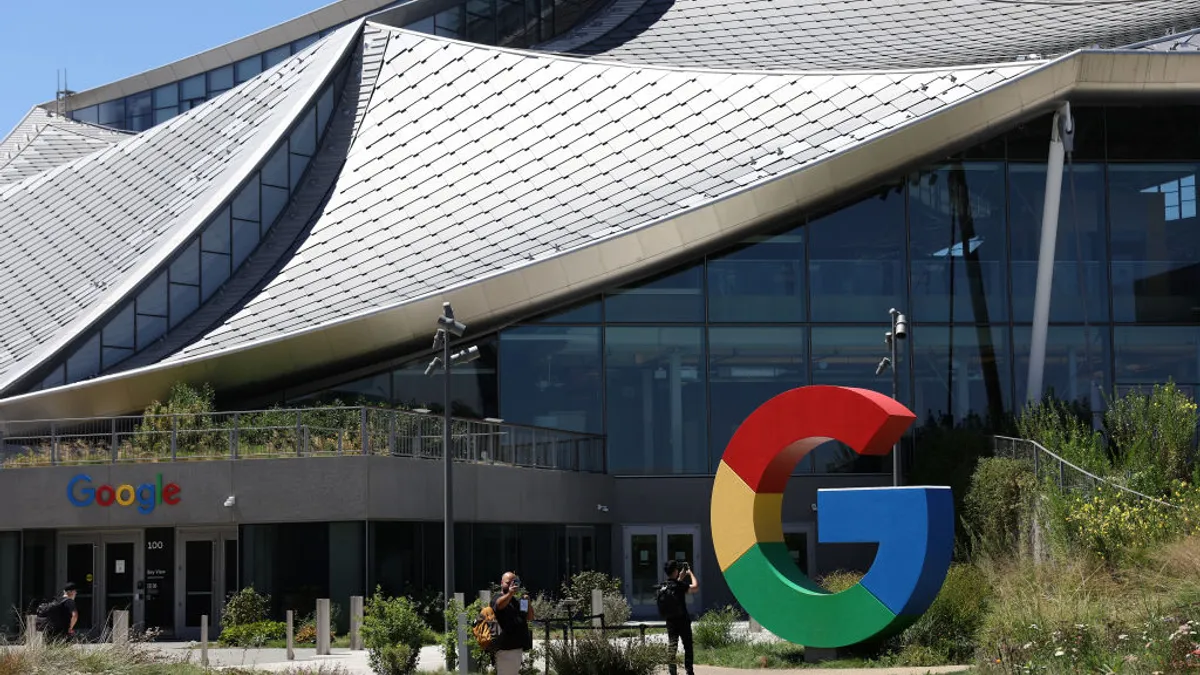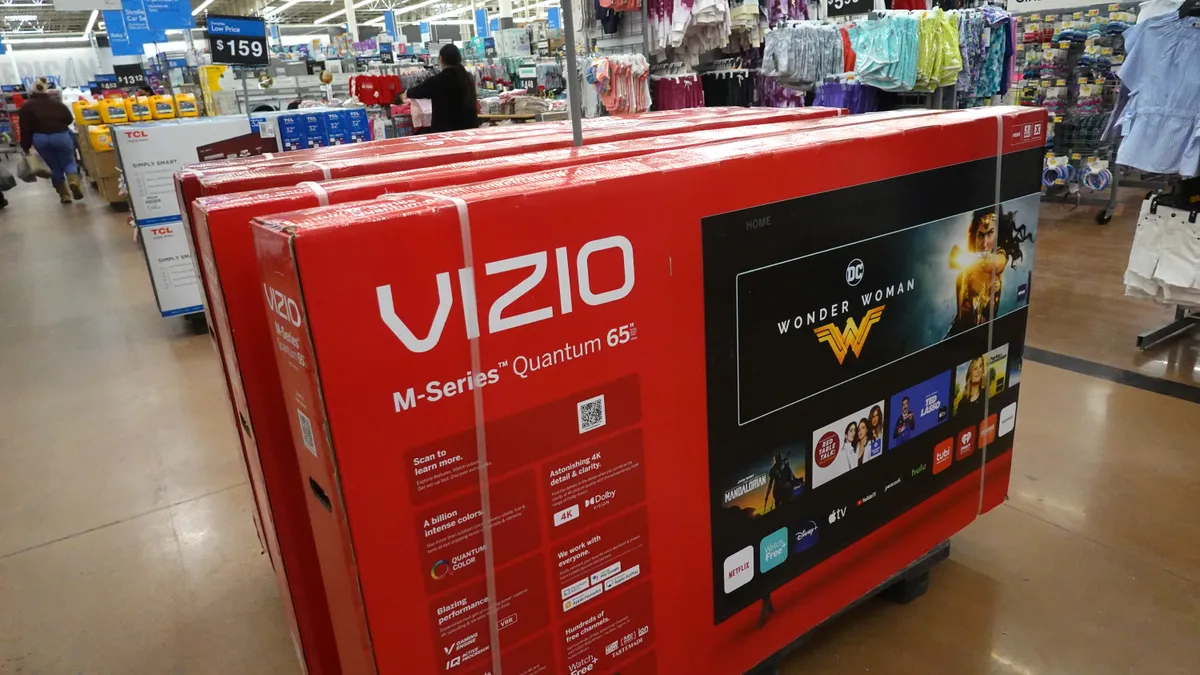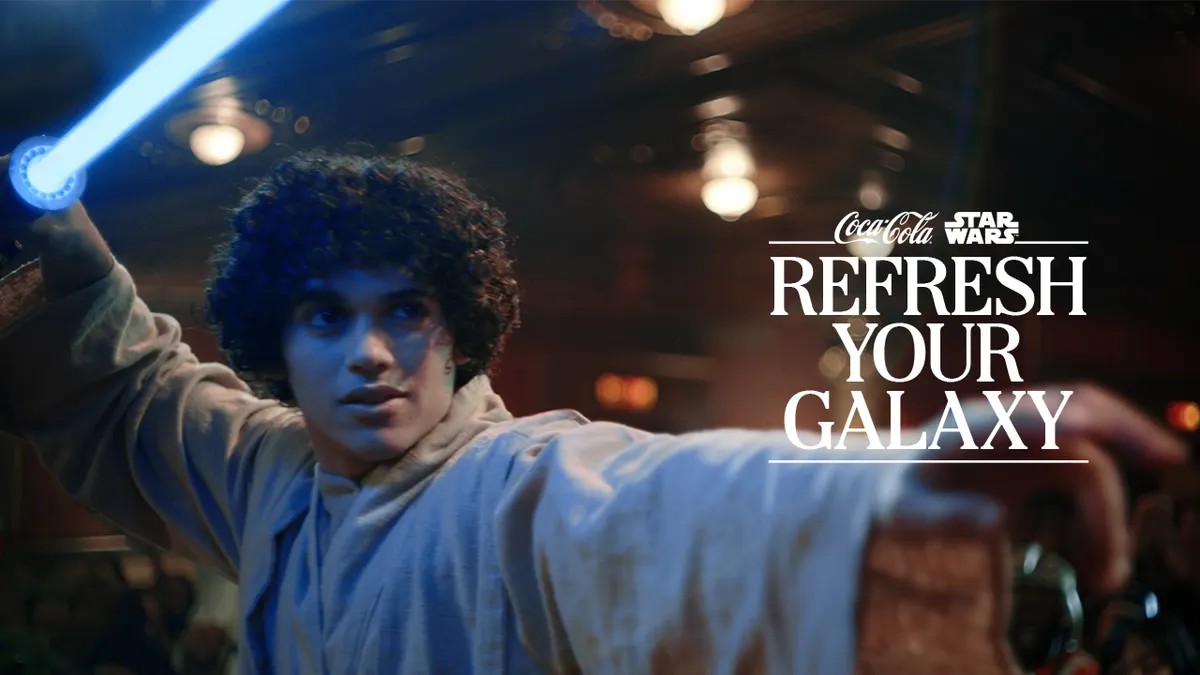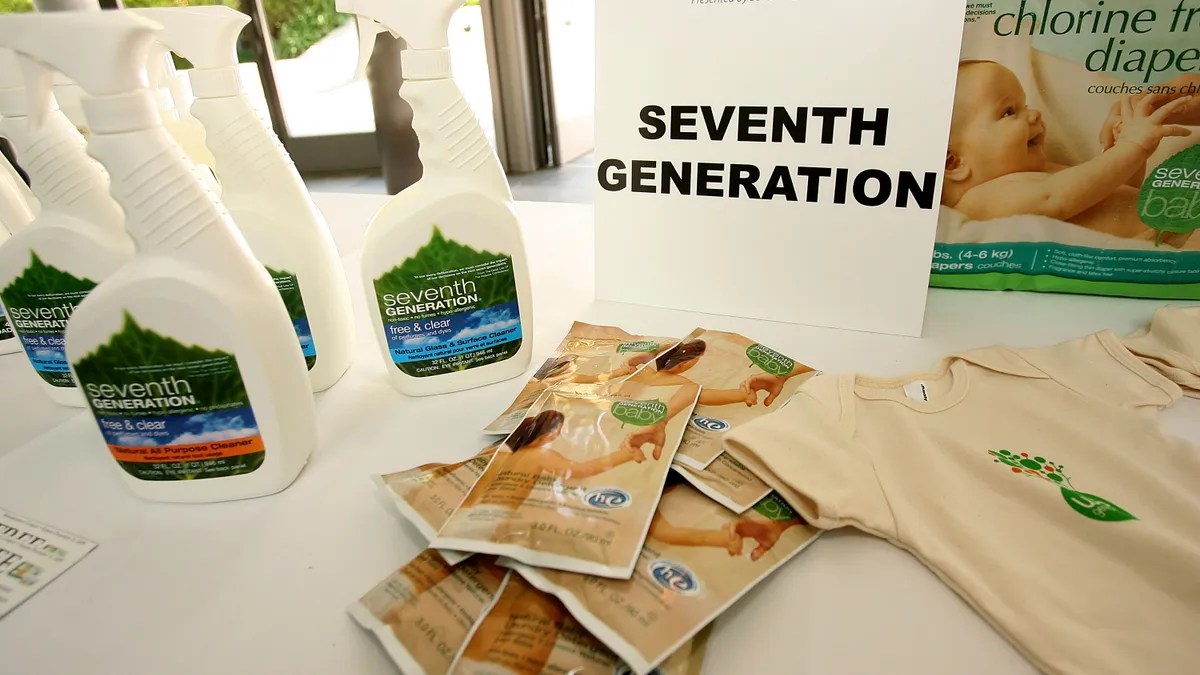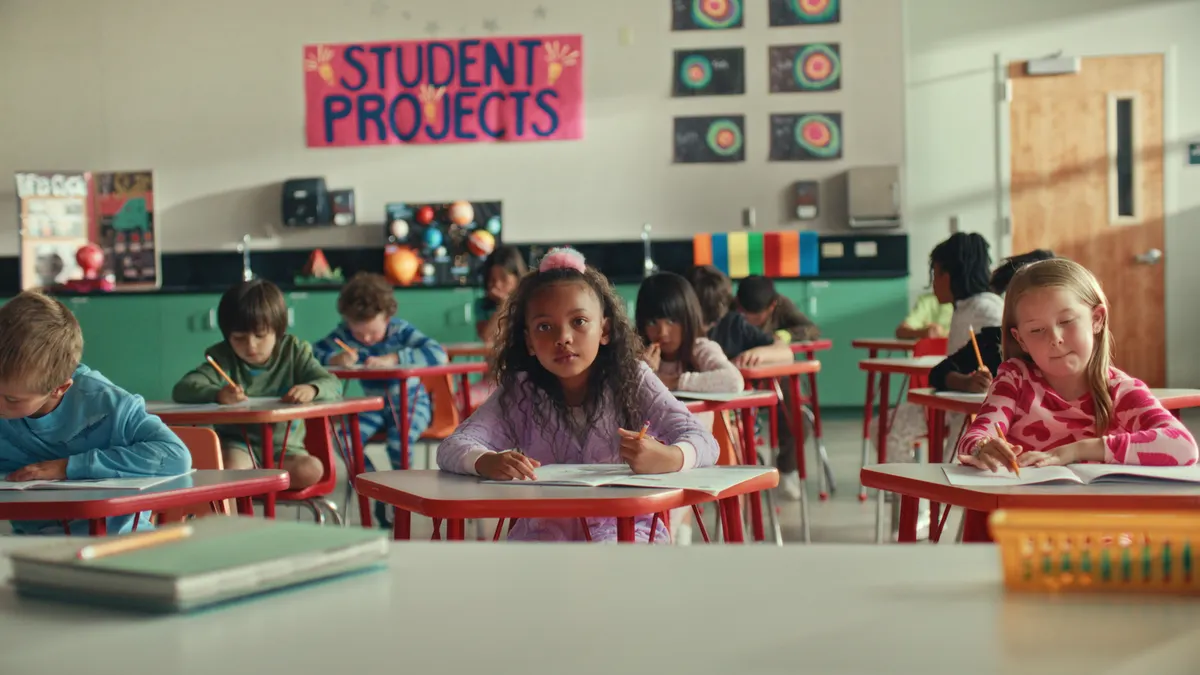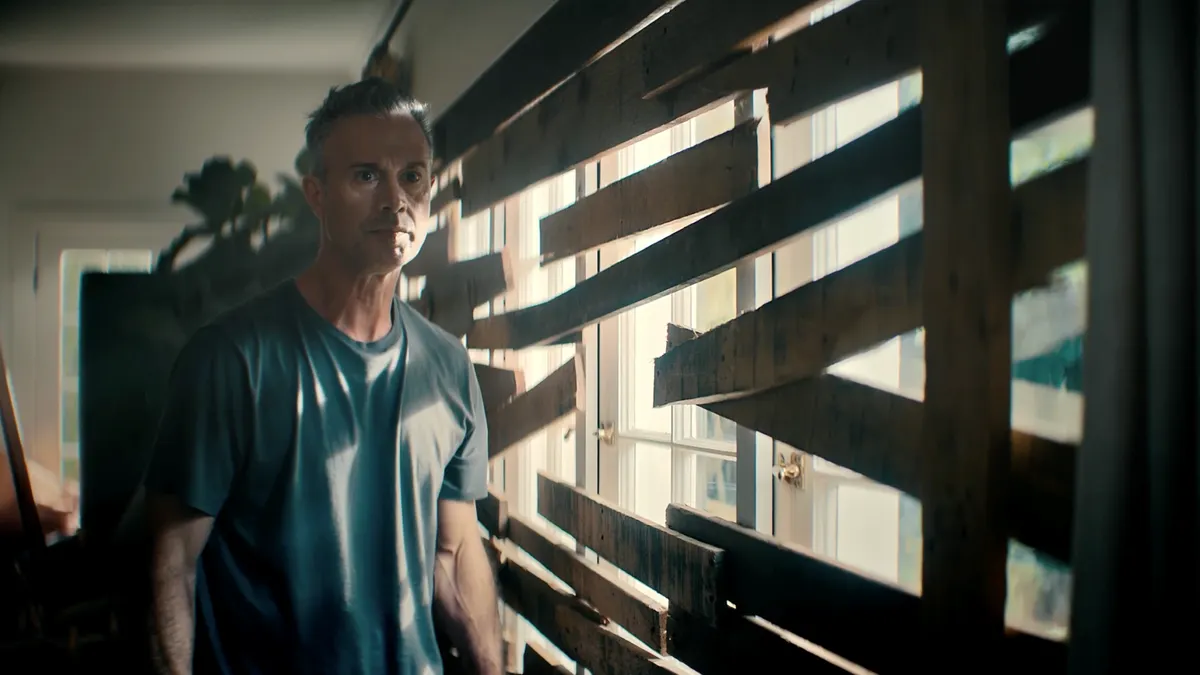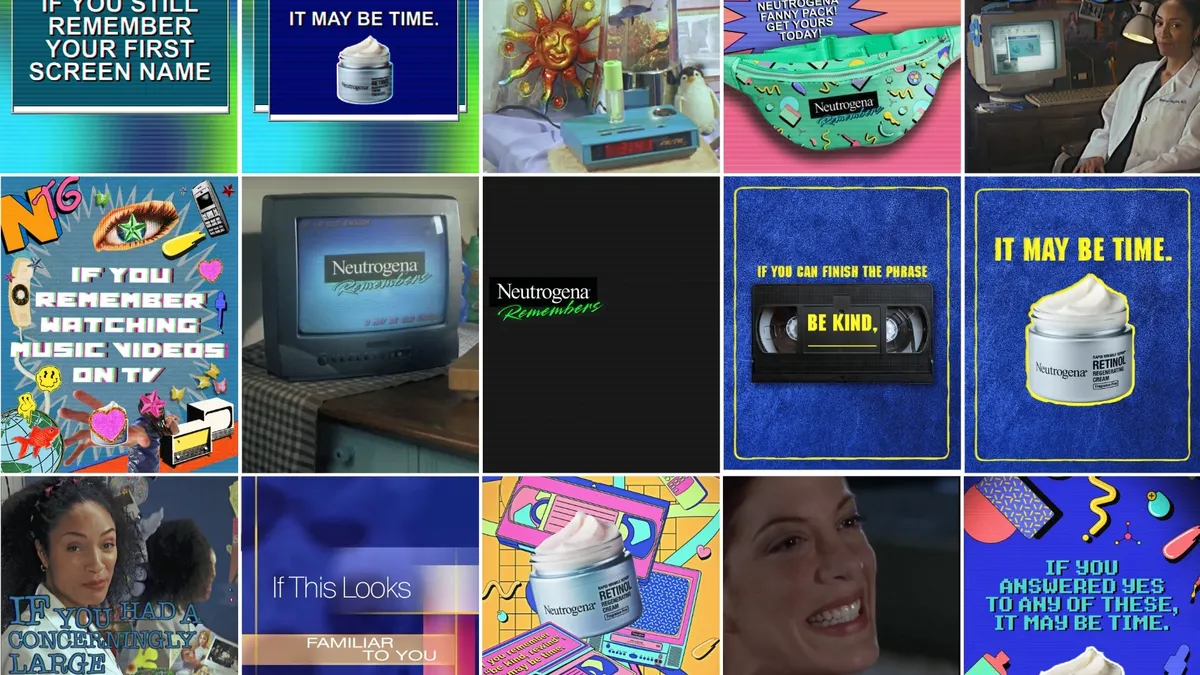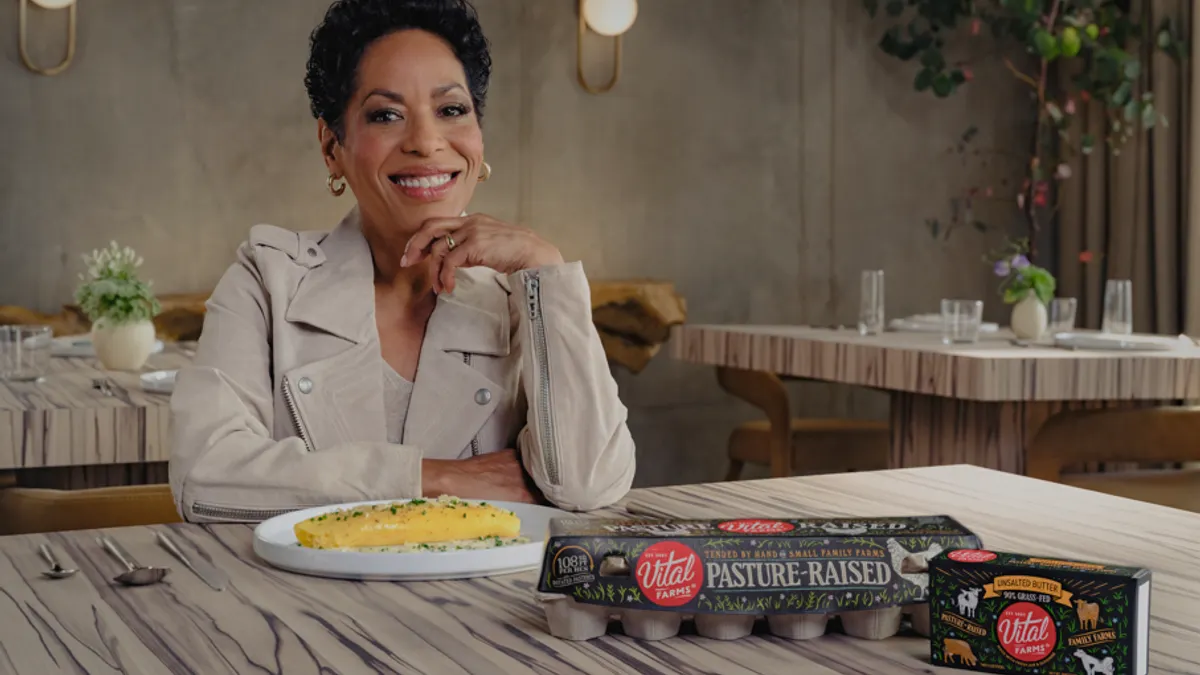Campaign Trail is our analysis of some of the best new creative efforts from the marketing world. View past columns in the archives here.
Back in 2012, Dollar Shave Club debuted with one of the most memorable ads of the decade, if not the century: a direct-to-camera address by real-life co-founder Michael Dubin as he walked through a warehouse and introduced the brand’s direct-to-consumer value proposition. That 90-second ad demonstrated what a disruptor brand could do with an irreverent approach, a hint of nostalgia, a machete and a person in a bear suit.
More than 28 million views later, Dollar Shave Club is looking to return to its roots with a new campaign that marks its first major marketing move after being acquired by Nexus Capital Management from Unilever, which in 2016 bought Dollar Shave Club in a reportedly $1 billion cash deal.
“The Club” turns the eponymous establishment into a swanky gentlemen’s club. A 30-second spot features a newcomer sharing a password (“shave money”) before being given a robe and a tour of the velvet-and wood-covered space. The pair encounter three barely dressed men tending to their hair in different ways (a nose hair trim, a back shave, a chest lathering).
Then, the concierge opens his jacket to reveal blades, electrics, creams and butters before welcoming the newcomer to the club with a slap on the butt. A full 60-second cut adds an anatomically correct mirror and a cameo by the person in a bear suit from the viral Dollar Shave ad.
For Dollar Shave Club, the campaign represents a return to the brand’s humorous, irreverent voice, with what CEO Larry Bodner calls a “twisted” take on inclusivity.
“We're for everybody. We're not the crazy technical side of shaving. We're more the approachable and engaging side of self-expression within how people take care of themselves,” the executive said.
Not too ‘bro-y’
To get Dollar Shave Club’s marketing back on track, Bodner, who joined as CEO in November 2023, went to the source: Early on, he picked the brain of Dubin (“a marketing savant”) to learn everything he could about the brand’s history. But he knew that it wouldn’t be as simple as re-running the playbook used over a decade ago.
“We spent a lot of time on what humor means to our [consumer],” Bodner said. “How do we bring irreverence to light in this current culture? How do you bring back some breakthrough edginess while still being inclusive?”
The resulting balancing act is apparent in “The Club”: not too “bro-y” but disruptive and fun in a way that plays into longstanding — if latent — brand equity. Keying into the brand’s strength while making it contemporary meant highlighting different body types and grooming styles.
“Facial hair has become more in vogue than it ever was before, whether that was [because of] COVID or anything else,” the executive said. “But guys still have to go take care of themselves and we want to be inclusive in that regard as well.”
“The Club,” created by the brand’s internal creative team and directed by Zack Seckler and Good Times Productions, launched on Jan. 6 and will roll out via CTV, YouTube, Spotify, podcasts, owned digital properties and other channels.
In the club
The campaign plays up the brand’s status as the only one in the category to own the concept of a club. While the real-life Dollar Shave Club has no concierge or password, it does offer invites to in-person events, ticket giveaways, merchandise drops, swag and limited-time offers as exclusives to members. Plus, there are plans to make physical club spaces “down the road,” Bodner says.
“What does ‘club’ mean, and how do you bring that forward?” the executive said. “I look at this as the first leg [that] would romanticize the club within this category.”
Updating the club, both as a location in ads and one in the physical realm, is only one part of Dollar Shave Club’s next phase. The other is emerging from a period at Unilever that halted the brand’s momentum. While Bodner began his career at Procter & Gamble and appreciates the power of CPG conglomerates, he acknowledges that Dollar Shave Club wasn’t a good fit at Unilever.
“I think the company lost its way when Unilever owned them,” he said. “It was a behemoth and it neutered some of the edginess that we're going to bring back to the brand.”
While conglomerates like Unilever and P&G can excel at driving business across a variety of brands, they often struggle with incorporating disruptor brands that require a “maniacal focus” on creative process and commercial elements.
“These big conglomerates aren't good at the disruptive brands, period,” Bodner said.



